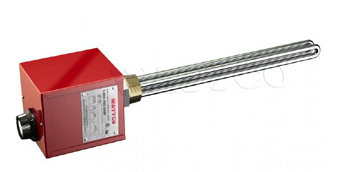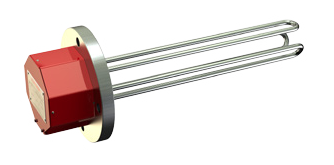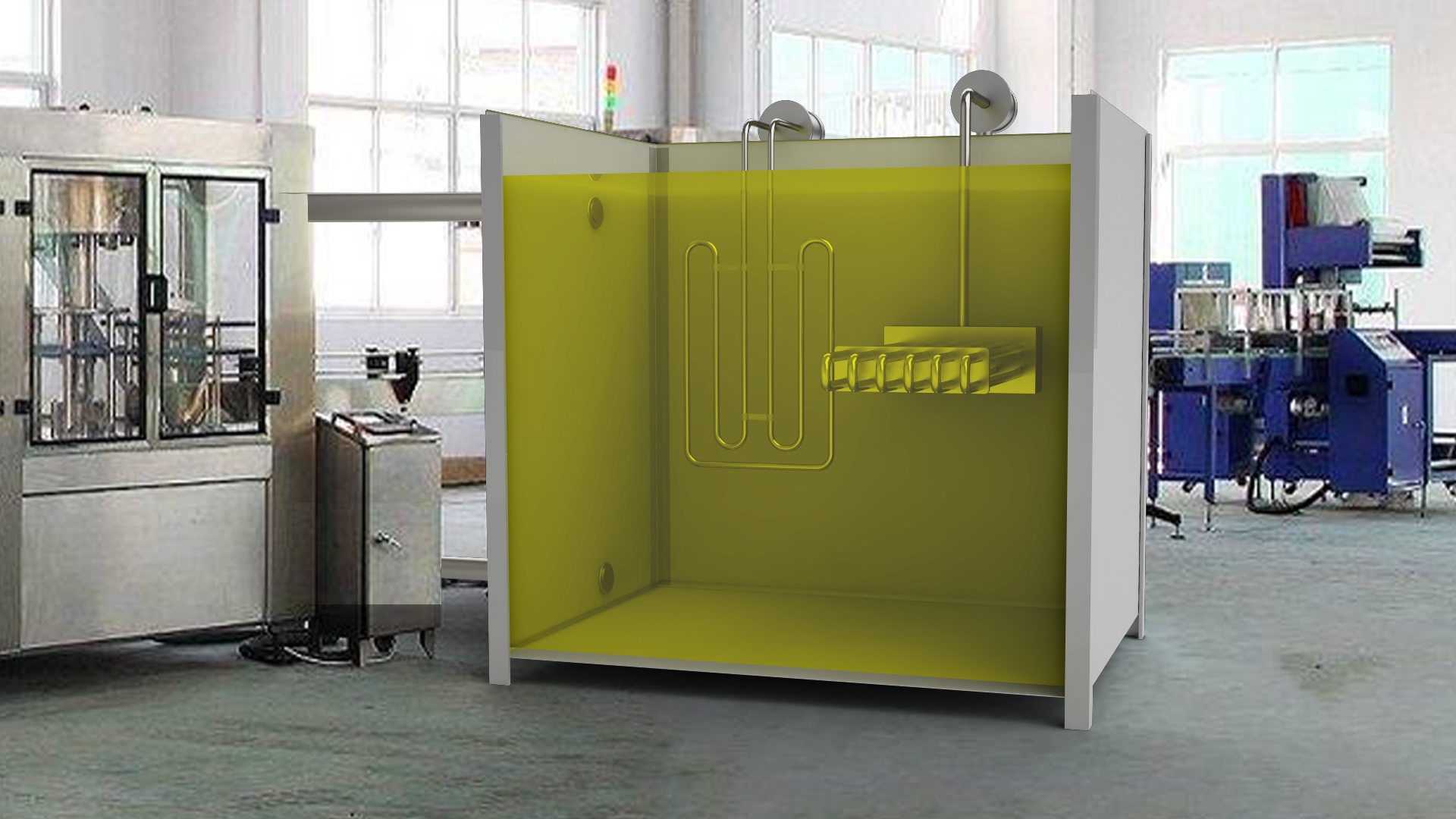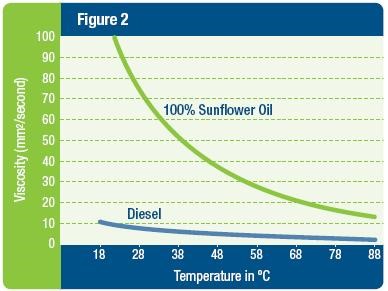Wattco Immersion Heaters in The Food Industry
Last updated on December 26th, 2024 at 12:46 pm
The food manufacturing industry requires dependable, efficient industrial heating equipment to create the high-quality products consumers expect. Wattco industrial immersion heaters are a perfect fit for the food industry due to their dependable capacity to serve these needs as compact, mobile units. This article will familiarize you with the basics of immersion heaters in the food industry and equip you with the knowledge you need to get the right heater to maximize efficiency at your manufacturing operation without sacrificing quality.
Introduction to Immersion Heaters in the Food Industry
Industrial electric immersion heaters are one of the most powerful and efficient ways of heating up fluids in the manufacturing process. They can also be used to maintain the temperature of water, oils, and most other fluids, or as a piece of pre-heating process equipment.
Applications of Immersion Heaters in the Food Industry
Wattco immersion heaters are as versatile as they are dependable. Some of the more common applications include:
- Heating cooking oil used in food production.
- Maintaining an equitable temperature for liquid and gaseous solutions to prevent them from freezing.
- Heating a flow system.
- In ringing and cleaning systems.
- For pre-heating boiler equipment.
About Immersion Heaters
As the name implies, an immersion heater is a heater with an element which is immersed directly in the medium being heated. Immersion heaters are powered by electricity and most often used for heating liquids. They owe their popularity in the industry to their use of direct heat transfer, a feature which allows the liquid to reach the desired temperature quickly. Immersion heaters come with a variety of heating elements.
They are available as flanged heaters, screw plug heaters, over-the-side heaters, or circulation heaters. The rapid heat-up time of an immersion heater, its uptime, and its low maintenance requirements make it a popular choice in food processing and other industries. Different applications and requirements call for different heating elements. A crucial factor to take into account when considering what kind of heater meets your needs is the time it takes the element to heat the medium.
An immersion heater can heat the medium faster than most other methods. Since the heating element heats the medium directly, heating time decreases along with processing time. Another important factor to consider when selecting a heater is safety. Electric heating is preferable to heating with natural gas because it is easier to meet safety requirements, and it’s safer for staff in day-to-day operations.
Unlike heating with natural gas, electric heaters don’t release any by-products. Gas fumes from a gas-fuelled heater can build up then unexpectedly ignite, causing serious damage to staff and equipment. Gas heating can also be impractical because of infrastructure and delivery requirements – gas isn’t readily available everywhere or it isn’t economically viable to procure.
Meanwhile, electricity is nearly ubiquitous and is certainly accessible to the vast majority of manufacturing facilities. A final noteworthy feature of the immersion heater is the sanitary concern. Electric immersion heaters are completely sanitary and pose virtually no risk of contaminating the food manufacturing process. Conversely, accidents with gas can lead to contamination which results in further downtime and other potentially unforeseen difficulties.
Types of Immersion Heaters Used in the Food Industry
There are three types of immersion commonly used in the food industry: screw plug heaters, flanged immersion heaters, and over-the-side heaters.
 Screw Plug Immersion Heaters
Screw Plug Immersion Heaters
Screw plug heaters – sometimes referred to as threaded immersion heaters – are constructed of long heating elements in the shape of tubes which are welded into the interior of the heater.
The assembly is screwed, plugged, or threaded directly into the system through an opening lined with threadbare – hence the names screw plug heater and threaded immersion heater.
This design makes it easy to remove the heater for maintenance or replacement. Screw plug heaters are easy to install and are suitable for a wide range of industrial food manufacturing applications. These heaters are energy efficient and often used for direct heating of chemicals and fluids.
Flanged Immersion Heaters
 Similar to screw plug/threaded heaters, Wattco flanged heaters are heating systems consisting of U-shaped tubes welded into the base of the heating unit. Where flanged heaters differ from screw plug heaters is that they must be welded into the vessel or system they are going to be used in.
Similar to screw plug/threaded heaters, Wattco flanged heaters are heating systems consisting of U-shaped tubes welded into the base of the heating unit. Where flanged heaters differ from screw plug heaters is that they must be welded into the vessel or system they are going to be used in.
This feature makes them more difficult to remove for maintenance and replacement and seriously reduces their mobility, meaning they can’t be quickly repurposed for different processes as needed. The weld installation makes flanged immersion heaters suitable for use with high-pressure vessels and a common choice for applications in the food industry.
Over-the-side Immersion Heaters
 Over-the-side immersion heaters are specifically designed to fit into process systems which can’t accommodate a heater inserted into the side due to the specifics of their construction.
Over-the-side immersion heaters are specifically designed to fit into process systems which can’t accommodate a heater inserted into the side due to the specifics of their construction.
In cases where a screw plug heater or flanged heater aren’t an option, an over-the-side heater is recommended. An over-the-side heater is fitted over the top of the vessel with the heating element running parallel to the wall and the heating unit perpendicular at the top.
Another arrangement for the over-the-side heater has the heating element oriented to run along the base of the vessel in which the unit is installed.
Over-the-side heaters are most commonly used in heating systems which use vessels other than a tank, for example where the fluid being heated is not stored in a vessel but pumped directly to the next stage in the process.
Advantages of Immersion Heaters
In recent years we’ve seen a surge in demand for the immersion heater. Its popularity is due in part to the increase in fuel costs and the heavy infrastructure expenses required to operate and maintain equipment which uses gas as a fuel. In the modern energy economy, many manufacturers are choosing electrical immersion heaters because of the highly-efficient direct heat transfer they provide.
Furthermore, the rising emphasis on clean energy and ecological accountability has encouraged many manufacturers to switch over electrical alternatives. Wattco’s immersion heaters use the cleanest form of energy, preserving our environment while delivering unparalleled performance.
They leave no residue or discharge without sacrificing any of the direct heating efficiency they have come to be known for. The most common reason for getting a Wattco immersion heater for the food industry is how cost-effective it is. With high heat efficiency, clean and affordable power, and a reputation for operation excellence, the Wattco immersion heaters is a terrific investment for a range of applications.
Benefits of Immersion Heaters in the Food Industry
Wattco’s immersion heaters provide a range of benefits which have real, measurable impact on your food processing operation. The lightweight, solid construction of Wattco immersion heaters makes them portable, meaning it’s possible to use your heater for different functions and allows you to transport it as needed.
They can also be replaced or removed for repair with ease. Install your Wattco immersion heater with ease thanks to a design which requires no drilling of holes. The heater just needs to be inserted into the vessel (welding is required for proper installation of flanged heaters). Maintaining your immersion heaters is made easy if you familiarize yourself with the instruction manual you receive with your order.
Use your Wattco heater for a 1 or 3-phase operation thanks to its unique construction. You can count on every Wattco immersion heater to provide uniform heating and maximum heat transfer, decreasing costs and processing time. Wattco heaters are moisture resistant and can be used even in a humid environment – they are also made of a material which is resistant to oxidation and corrosion, ensuring a long, productive operational cycle.
How to Pick the Right Immersion Heater?
Because of the variety of immersion heaters available on the market, it’s necessary to be intimately familiar with the technical details of your manufacturing process in order to select the appropriate unit. It’s also necessary to have some strong knowledge of immersion heaters and how they fit into manufacturing operations.
Should you find yourself in need of assistance while selecting an immersion heater, a Wattco representative would be more than happy to assist you in making a selection. The main factors to consider when buying an industrial immersion heater for use in the food industry are:
- The sheath material.
- The heater’s exterior design: does the system need to be dismantled to be moved between operations or can it be made of fixed parts?
- The heater material. Wattco recommends an immersion heater built with copper or steel, as this construction is often suitable for standard applications in the food processing industry.
The answers to the questions above depend on the specific details of your manufacturing process. You can get answers from your plant engineer. The following factors should also be considered:
- What is the viscosity of the liquid being heated?
- What is its density?
- Are there any reactive properties to the liquid?
Having answers to these questions ready when you speak to a Wattco representative about getting an immersion heater will expedite the process make it easier for us to determine which heater will best serve your needs.
Picking an Immersion Heater Construction Material For Your Application
Depending on how and where you need your Wattco immersion heater to perform, you may need a heater built with one of a number of different construction materials. Consult a Wattco representative to determine what immersion heater construction material you need for your application.
Conditions Which Will Impact the Performance of Your Wattco Immersion Heater
Even an immaculately-maintained immersion heater won’t perform perfectly in all conditions. The following list of factors will influence your heater’s capacity for efficient performance.
- The viscosity and density of the medium being heated.
- The purity of the medium. If it is impure, what kind of impurity is it? How many particles are in the medium? What size are the particles?
- What environment will the heater be stored in? If a stock heater is used in an adverse environment – for example in heavy humidity – the sheath will corrode, and a disintegrated sheath will impact performance adversely.
- The maximum heat resistance of the heater’s material – if the heater is used in an application which exceeds is acceptable operating temperature, it will not function properly.
For further information on the topic of immersion heaters operating in the food industry, read our case study about immersion heater heat transfer in the food industry.
Installing & Setting Up Your Immersion Heater
The installation process for each type of immersion heater is different, but there are a few details to take note of to ensure the installation is successful and your heater is ready to perform at peak capacity. Your immersion heating element must always be completely submerged to prevent heater failure.
When determining the minimum liquid level to keep your heater’s element completely submerged, consider that the volume of your solution will reduce due to evaporation and the removal of some of the solution while the heater is active.
Viscosity, Heat, and Immersion Heaters in the Food Industry
One of the most commonly used ingredients in the food industry is vegetable oil, and yet storing and transporting the liquid still poses a challenge for many food producers. Food processing operations require the oil to be heated in order to make it less viscous and more free-flowing.
When the oil is at a high viscosity it becomes thick and adheres to surfaces, hindering the food production process and increasing processing time while decreasing efficiency.
Viscosity is a measurement used to denote a liquid’s resistance to flow. The term includes the fluid’s resistance to particles moving within it and its resistance to layers of the fluid itself which form and travel at various velocities.
Pressure has a slight impact on viscosity, although the impact is nearly negligible relative to the impact heat has on viscosity. With extreme pressure, the viscosity of the fluid may increase. So, treating fluids like vegetable oils with the right amount of heat required to keep it at a certain temperature ensures a smooth food processing operation.
This effect occurs because in most cases where the temperature of a liquid is increased, the viscosity decreases. Wattco immersion heaters are specifically designed for applications like food oil heating, and procuring one for your facility can greatly improve processing time and efficiency.
Procuring Your Wattco Immersion Heater
If you are interested in acquiring a Wattco immersion heater for your food processing operation, contact us or give us a call to discuss your needs. We’ve been refining our products for over 40 years and are proud to offer customers quotes within 24 hours of their requests and also offer some of the fastest shipping in the industry.
